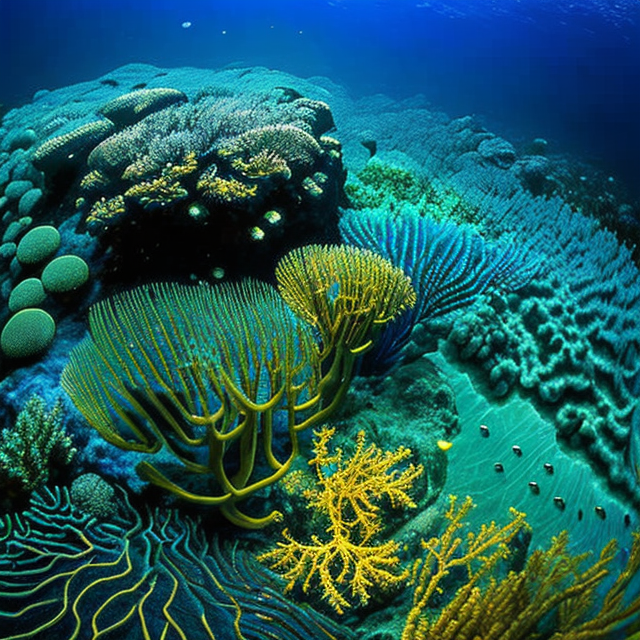|
|
Space Astro
|
Info for exoplanet "Ainwo"
| Scientific (actual) data |
|---|
| Planet | CoRoT-7 c |
| Planet status | Confirmed |
| Mass sini | 0.041812 |
| Orbital period | 3.697 |
| Semi major axis | 0.046 |
| Orbit eccentricity | 0.12 |
| Angular distance | 0.000307 |
| Discovered | 2009 |
| Updated | 2022-09-29 |
| Tperi | 2454440 |
| K | 5.737 |
| Publication | Published in a refereed paper |
| Detection type | Radial Velocity |
| Mass detection type | Radial Velocity |
| Star name | CoRoT-7 |
| Right ascension | 100.95° |
| Declination | -1.06° |
| Mag v | 11.7 |
| Star distance | 150 |
| Star metallicity | 0.03 |
| Star mass | 0.93 |
| Star radius | 0.87 |
| Star sp type | K0V |
| Star age | 1.5 |
| Star temperature | 5313 |
| Wikipedia article | CoRoT-7 c |
Back
| |
| Fictional info (?) |
|---|
| Suggested name | Ainwo |
| Planet type | Hot planet |
| Ainwo is similar in composition to Qyuenyuan-s, and both have different bulk chemical composition from that of the larger hot planets. This planet is named after the deity Ainwo, the messenger of the underworld.
Having almost no atmosphere to retain heat, it has surface temperatures that vary diurnally more than on any other planet in its solar system, ranging from 80°K (-193°C) at night to 665°K (392°C) during the day across the equatorial regions.
Ainwo is by far the hottest planet in its solar system, with a mean surface temperature of 305°K (32°C).
The two polar ice caps appear to be made largely of dust. |
| Atmosphere | Hydrogen deuteride (HD) | 99% |
| Ammonia | 0.0019% |
| Oxygen | 0.00038% |
| Hydrogen peroxide | 1.6E-5% |
| Atmospheric pressure | 0.028 bar |
 |
| No known satellites |
| Google search for Ainwo |
|
Website by Joachim Michaelis
|
|
|
|